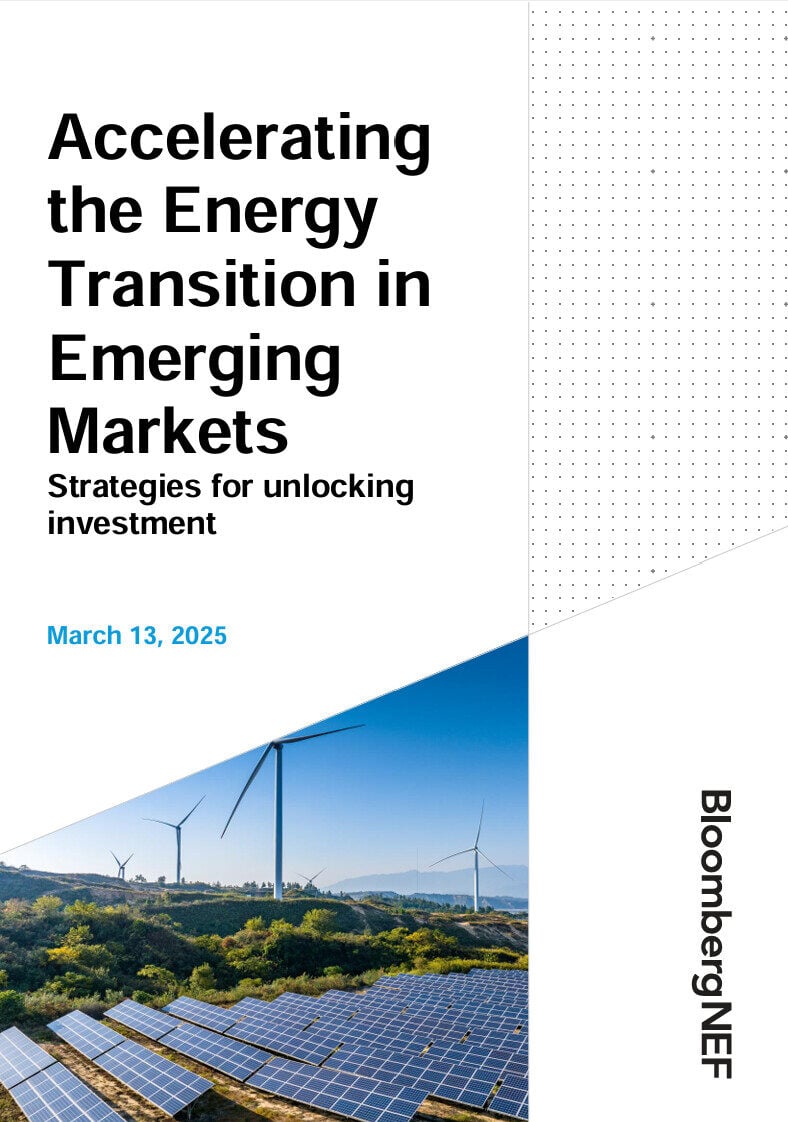NEWS & INSIGHTS | Opinion
Offshore energy supply chain challenges and green steel production milestone

UK offshore energy supply chain; Accelerating the energy transition in emerging markets; Green Steel
Chief Technology Officer at NZTC, Luca Corradi, and his team closely monitor the global net zero landscape. They follow the trends, policies, investments, and technological innovations that, together, bring the world closer to its shared climate goals. Learn more about our horizon scanning service. This week, Luca and his team explore the UK offshore energy supply chain issues, BloombergNEF’s report on accelerating the energy transition in emerging markets and look at green steel production using Molten Oxide Electrolysis technology.
Challenges and Opportunities in UK Offshore Energy Supply Chain
The UK offshore energy supply chain is facing significant pressure due to several factors. The lack of new oil and gas developments, UK tax rates, and political and project uncertainties is making the UK less attractive for investment. According to a survey by Offshore Energies UK (OEUK) of nearly a fifth of their supply chain members, 89% aspire to increase the amount of non-UK business in the next 12-24 months.
Oil and gas activities are crucial for the supply chain, enabling investment and offset financial losses, while also allowing companies to serve clean sectors. Rystad Energy projects a 20% decline in UK oil and gas services spending from 2025 to 2030. Despite this, oil and gas will remain part of the UK energy mix until 2050. Prioritising domestic production over imports will safeguard supply chain companies.
Rystad analysis shows that the oil and gas supply chain possesses 60-80% of the capabilities required for offshore wind, carbon capture & storage (CCS) and hydrogen.

Figure: Proportion of member’s revenues from UK business
Source: OEUK
The renewables and CCS sectors are expected to generate £150 billion between now and 2040, presenting a significant opportunity. According to OEUK’s survey, 60% of respondents are now active within offshore wind, hydrogen or CCS. However, the oil and gas sector still contributes most of the revenue. Most respondents state that offshore wind, hydrogen and CCS make up less than a fifth of their organisation’s turnover. This is because many projects are not due to commence until the end of this decade.
Accelerating the energy transition in emerging markets
The cost and risk associated with clean energy technologies has dropped significantly, yet investment in energy transition in emerging markets remains limited. Accelerating the deployment of both established renewables and newer technologies is vital to decarbonising the world’s power systems and meeting future demand. BloombergNEF identify three high-impact measures to scale renewables in emerging markets. Supporting an enabling environment, addressing country and market risks and accelerating economic competitiveness. In a weak enabling environment, technical assistance is the most effective mechanism to unlock investment.

Figure: Actual versus annualised supply-side energy transition investment across 2023-2050, Net Zero Scenario
Source: cif.org
Coal is the largest source of CO2 emissions, and retiring coal-fired power plants early offers a significant decarbonisation opportunity. When coal plants retire, their replacement must provide clean energy and grid stability. Co-locating renewables with storage is one of the best ways to ensure this stable supply. However, the cost of these projects needs to fall considerably to be competitive with coal. Additionally, financial measures are required to support or compensate early retirement of coal plants.
Decarbonising hard-to-abate sectors could require a significant expansion of hydrogen production. Green hydrogen requires co-ordinated actions across policy, infrastructure planning and market development to attract investment at scale. While many emerging markets have published hydrogen strategies, policy support remains insufficient. Without clean policies, incentives and regulatory certainty, project risks remain high and private investment is limited.
Boston Metal has produced a ton of green steel using its Molten Oxide Electrolysis technology
Boston Metal has successfully produced a ton of steel using only electricity at their Woburn, Massachusetts facility, using multi-inert anode Molten Oxide Electrolysis (MOE).
Steel manufacturing contributes up to 9% of global carbon emissions each year and it is a sector that is hard to decarbonise. Boston Metal’s process eliminates several steps in the steelmaking process and uses clean electricity instead of fossil fuels to produce clean steel. In the MOE cell, an inert anode is immersed in an electrolyte containing iron ore.
Electricity is run through the mixture, increasing its temperature to nearly 1,600C, causing the bonds in the iron oxide in the ore to split producing pure liquid iron and oxygen. MOE doesn’t require process water, hazardous chemicals or precious-metal catalysts. Boston Metals will deploy its first demonstration plant in 2026.

Subscribe for the latest updates




